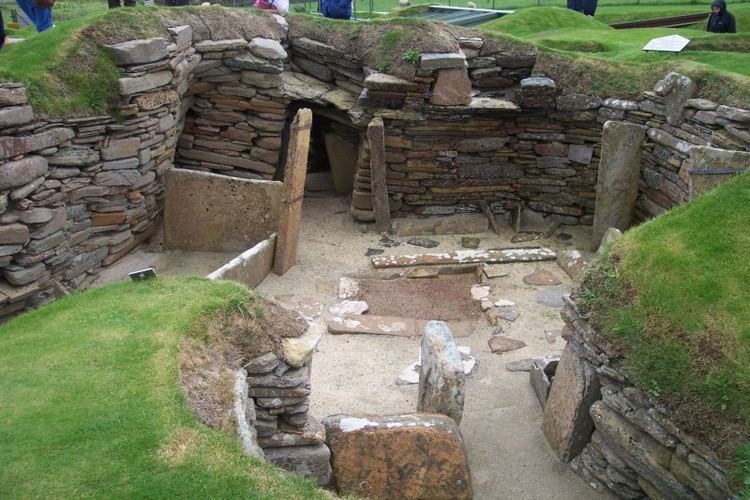The 32nd century BC is a century which lasted from the year 3200 BC to 3101 BC.
(Text) CC BY-SA

